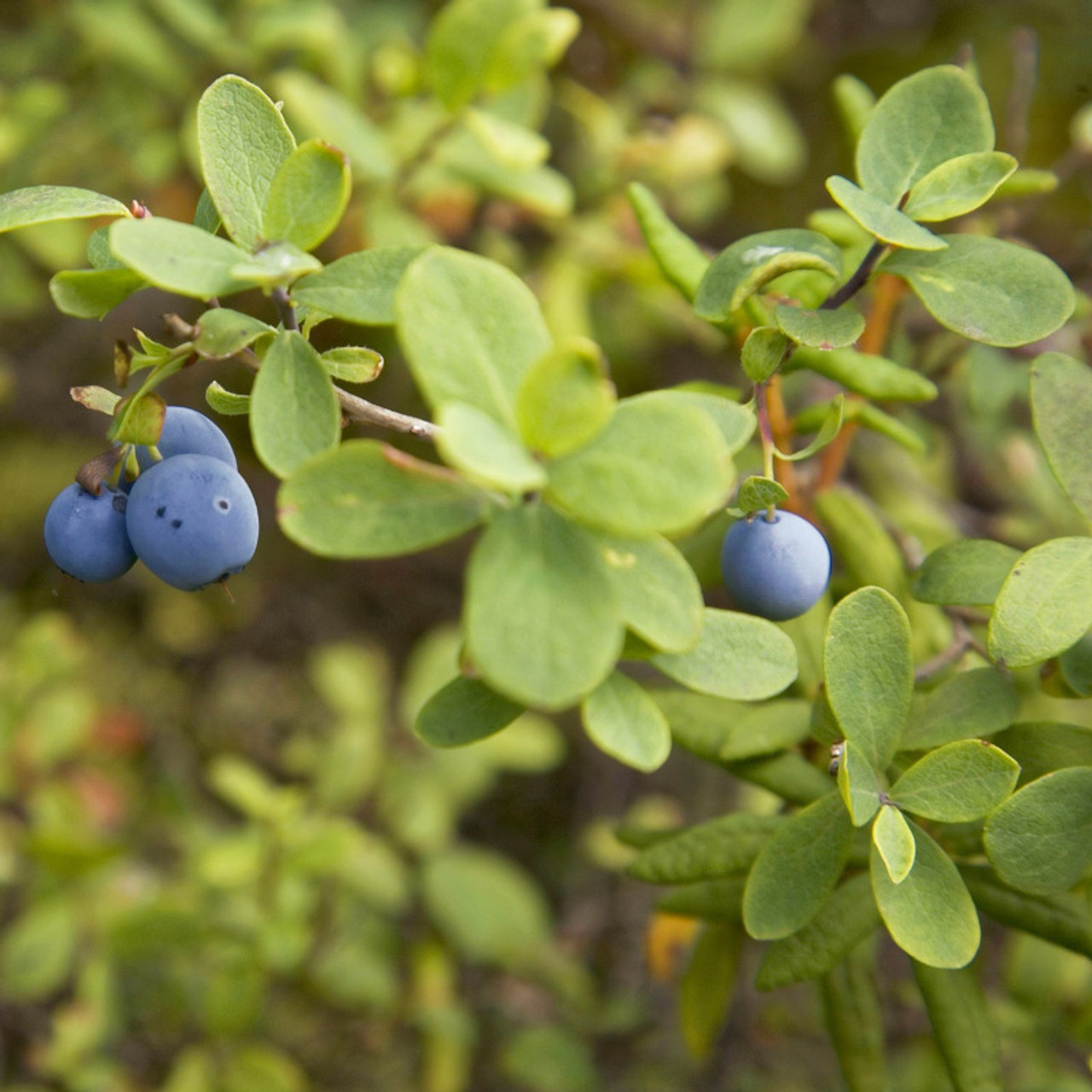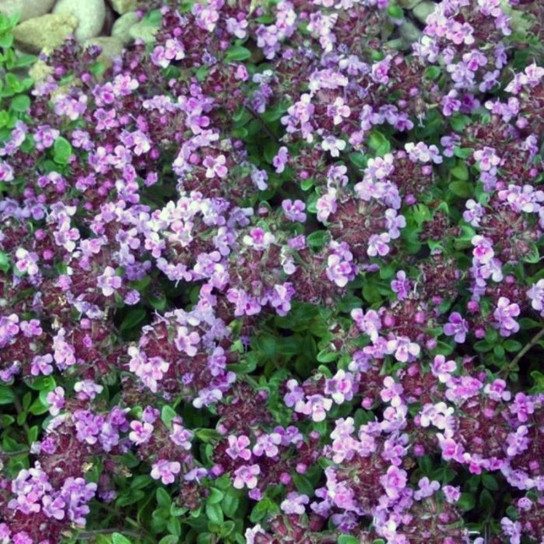
Fig Trees
Uses:
- Specimen Plant
- Mediterranean-Themed Gardens
- Espalier
- Orchards
Features:
- Easy Fruit Tree
- Large Leaves
- Delicious Fruit
- Smooth Gray Bark
Sunlight:
- Full Sun
- 6+ Hours of Direct Sun
Growing Zones:
- 6-10
- What is My Zone?
Fig trees, also known as Ficus carica, are fruit trees with many ornamental features. These trees have smooth, white-to-gray bark and large, deeply lobed leaves that make this tree stand out. Fig trees make wonderful shade trees once mature and grow quickly in a sunny site. They may take 3-5 years to form properly ripened fruit, but the wait is worth it. The fruit is delicious eaten fresh, cooked, dried or used in preserves. Wildlife enjoy the fruits as well! Common fig trees are self-pollinating and do not need a partner to produce fruit.
About Fig Trees

Common Fig, Edible Fig
E. Mediterranean to Central Asia
Edible Plants
Deciduous
6 - 10
Brown/Copper, Purple/Lavender
Spring
Erect, Multi-stemmed, Rounded, Spreading
Pollinators, Small Mammals, Songbirds
Heat, Salt
Deer, Insect Pests
Where To Plant Fig Trees In The Garden
Fig trees develop sweet, richly flavored fruits on sturdy, sun-loving branches. Most varieties can produce one main harvest in late summer or early fall, and certain cultivars manage two – or even three – harvests within a single growing season. They quickly adapt to various climates, tolerating both drought and moderate frost. Their broad, lobed leaves provide ample shade, and the trees produce sweet, edible fruit that can be enjoyed fresh or dried. Additionally, fig trees have a relatively fast growth rate and can be pruned to fit into limited spaces, making them suitable for both large gardens and smaller urban settings.
To integrate fig trees into a garden, place them near south-facing walls or fences where their wide leaves and branching creates natural privacy or windbreaks. You might choose to fan-train a tree against a wall, especially if space is at a premium, or allow a potted specimen to create a leafy accent on patios or terraces. Committed orchardists often form low, multi-branched “bush shapes” when planting directly in the ground, leaving enough space so the trees can spread while staying within easy harvesting range. Their deep root systems help in soil stabilization, making them beneficial for preventing erosion on slopes or embankments.
Fig Tree Care
A newly planted fig demands a hole slightly larger than its root ball and well-draining soil with compost added for extra fertility. Give it consistent moisture, watering more often as temperatures rise in mid-summer, but ease off once the figs near ripening so the fruits don’t take on diluted flavors. Before the plant puts energy into fruiting, apply a balanced fertilizer or compost layer in spring, but be wary of too much nitrogen, which fuels foliage growth over fruit set. Keeping the root zone warm by mulching in hot climates is helpful, whereas gardeners in colder regions or with clay-type soils may raise or mound the planting area to boost drainage and soil temperatures.
In winter or early spring, prune for shape and remove any spindly or broken branches – fig trees bear on new growth, but keep old wood that still houses embryonic fruits if your variety produces a breba crop. Harvest figs once they droop on their stems and feel slightly soft to the touch; they do not ripen further once off the branch, so timing is key. Store them briefly in the fridge if not eaten immediately, though most fig lovers relish them fresh. In frost-prone places, wrap outdoor figs with insulation or shift potted trees indoors, ensuring a cooler, dim spot that protects them until spring.
Learn More About Fig Tree

Fig Tree Companion Plants
Fig trees require unimpeded sun, quick-draining yet moisture-retentive soil rich in organic matter, and just enough summer irrigation to keep fruit and foliage developing steadily. Compact blueberry bushes slip neatly beneath the canopy without robbing moisture, adding a second berry crop while their tidy root zones leave the fig’s deeper feeder roots undisturbed. Creeping thyme weaves around the drip line as a living mulch that suppresses weeds, conserves moisture, and lures pollen-carrying insects. Ring the planting with marigolds to confuse nematodes and leaf-chewing pests, alongside upright agastache whose nectar-heavy spikes draw bees and hoverflies through the orchard all season, boosting overall pollinator traffic for heavier fig sets.
Pruning Fig Trees
Why do I need to prune fig trees?
When should I be pruning my fig tree?
How do I prune a fig tree?
In summer, you can pinch back the tips of the fruiting branches to prevent the development of new fruit, so the tree can focus its energy on ripening the current crop.
















